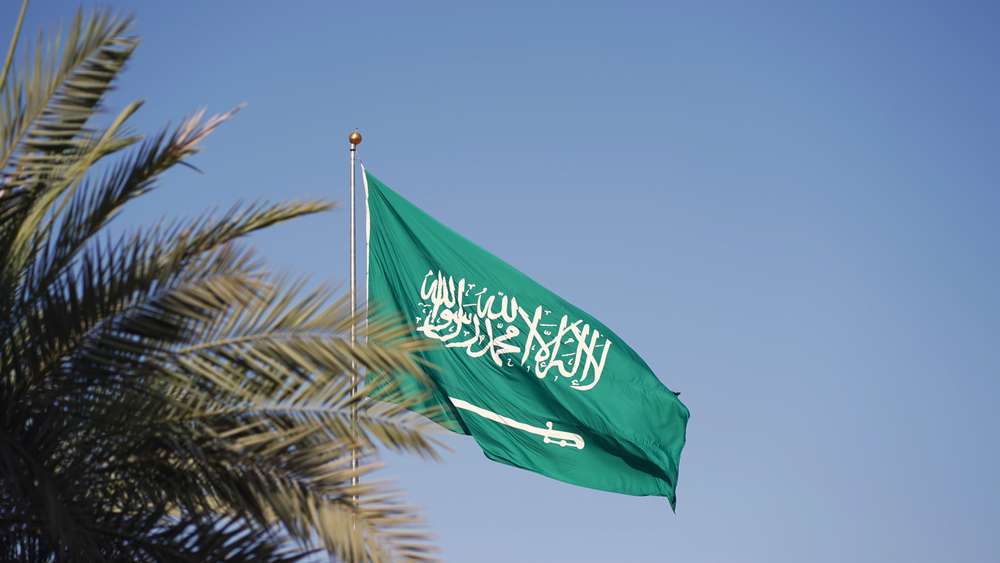Saudi Arabia, the largest country on the Arabian Peninsula, is a land of rich history, diverse landscapes, and a vibrant culture deeply rooted in tradition. Often overshadowed by misconceptions, the Kingdom has recently opened its doors to international tourists, inviting them to explore its hidden treasures. In this article, we embark on a cultural odyssey to Saudi Arabia, uncovering the beauty, history, and traditions that await travelers in this intriguing destination.
SAUDI ARABIA UMRAH VISA FOR EGYPTIAN RESIDENTS
The Nabatean Wonder: Al-Ula
Nestled in the heart of the Arabian desert, Al-Ula is a UNESCO World Heritage site that boasts the breathtaking archaeological wonder, Madain Saleh (Al-Hijr). Often compared to Jordan’s Petra, Madain Saleh is a collection of stunning sandstone tombs carved into the cliffs, revealing the advanced civilization of the Nabateans. Explore the ancient city, wander through the tranquil desert, and marvel at the unique geological formations of Elephant Rock and the Maraya Concert Hall.
The Vibrant Souks of Jeddah
Jeddah, Saudi Arabia’s cultural capital, offers a bustling mix of tradition and modernity. Stroll through the historical district of Al-Balad, where you’ll find centuries-old coral buildings adorned with intricate wooden balconies. Don’t miss the Souk Al-Alawi, a vibrant market where you can shop for Arabian spices, textiles, and traditional handicrafts. The city’s Corniche is perfect for a leisurely evening walk along the Red Sea coast.
A Glimpse of the Past in Diriyah
Diriyah, a historical gem on the outskirts of Riyadh, takes you back to the roots of the Saudi kingdom. Explore the restored mud-brick buildings and alleyways of Turaif, a UNESCO-listed site, where the first Saudi state was founded in the 18th century. Discover the history of the Al Saud dynasty, visit museums, and experience the charm of old Arabia.
The Oasis of Al-Ahsa
Al-Ahsa, the largest oasis in the world, is a lush haven in the Eastern Province of Saudi Arabia. Explore the mesmerizing Al-Ahsa Oasis, with its thousands of date palms, freshwater springs, and serene lakes. The region is also home to the captivating Qara Mountain caves, where ancient inscriptions and carvings tell the stories of the past.
Cultural Encounters
The Art of Arabic Calligraphy
Arabic calligraphy is a revered art form in Saudi Arabia. Discover the beauty of this traditional craft by visiting calligraphy workshops, where master calligraphers create intricate designs. You can also learn about the significance of calligraphy in Islamic culture and even try your hand at this ancient art.
Arabian Hospitality: The Majlis Tradition
The concept of the majlis, a welcoming space where guests are hosted, is central to Saudi Arabian culture. Embrace the warmth of Saudi hospitality by attending a traditional majlis. Enjoy aromatic Arabic coffee and dates while engaging in enlightening conversations with locals.
Traditional Music and Dance
Saudi Arabia boasts a rich musical heritage, with various regional styles and instruments. Attend cultural performances and experience the mesmerizing sounds of Arabic music and traditional dances like the ardah, a captivating sword dance that signifies unity and pride.
Culinary Delights
A Feast Fit for a King: Kabsa
Kabsa, Saudi Arabia’s national dish, is a fragrant and flavorful rice-based meal cooked with a blend of spices, including saffron and cardamom. Typically served with tender meat, such as lamb or chicken, and garnished with nuts and raisins, Kabsa is a culinary masterpiece that reflects the Kingdom’s culinary heritage.
Sweet Temptations: Arabian Sweets
Indulge your sweet tooth with a variety of Arabian sweets, including baklava, maamoul, and qatayef. These delectable treats, often filled with dates, nuts, or sweetened cream, are enjoyed on special occasions and during festive seasons.
SAUDI ARABIA UMRAH VISA FOR UAE RESIDENTS
Travel Essentials
Before embarking on your cultural odyssey to Saudi Arabia, here are some essential travel tips:
Visa Requirements: Ensure you have the necessary visa to enter Saudi Arabia. The country offers tourist visas that can be obtained through an online application process or at Saudi embassies and consulates.
Respect Local Customs: Saudi Arabia follows conservative Islamic traditions, so it’s essential to dress modestly and respect local customs and religious practices. Women are required to wear an abaya in public.
Local Currency: The Saudi Riyal (SAR) is the official currency. Credit cards are widely accepted, but it’s advisable to carry some cash for smaller establishments.
Language: Arabic is the official language. While English is spoken in urban areas and tourist destinations, learning a few Arabic phrases can enhance your experience.
Safety: Saudi Arabia is known for its safety and low crime rate. However, it’s always advisable to take common-sense precautions and follow local regulations.
Conclusion
Saudi Arabia is a land of captivating contrasts, where ancient traditions coexist with modern aspirations. As the Kingdom opens its doors to the world, travelers have the opportunity to embark on a cultural odyssey through its historical sites, vibrant souks, and warm hospitality. With its rich heritage, diverse landscapes, and a commitment to preserving its traditions, Saudi Arabia invites you to explore its hidden treasures and embark on a cultural journey that promises to be both enlightening and unforgettable.
Also read: Unveiling The Culinary Wonders Of India’s Dynamic Food Culture
